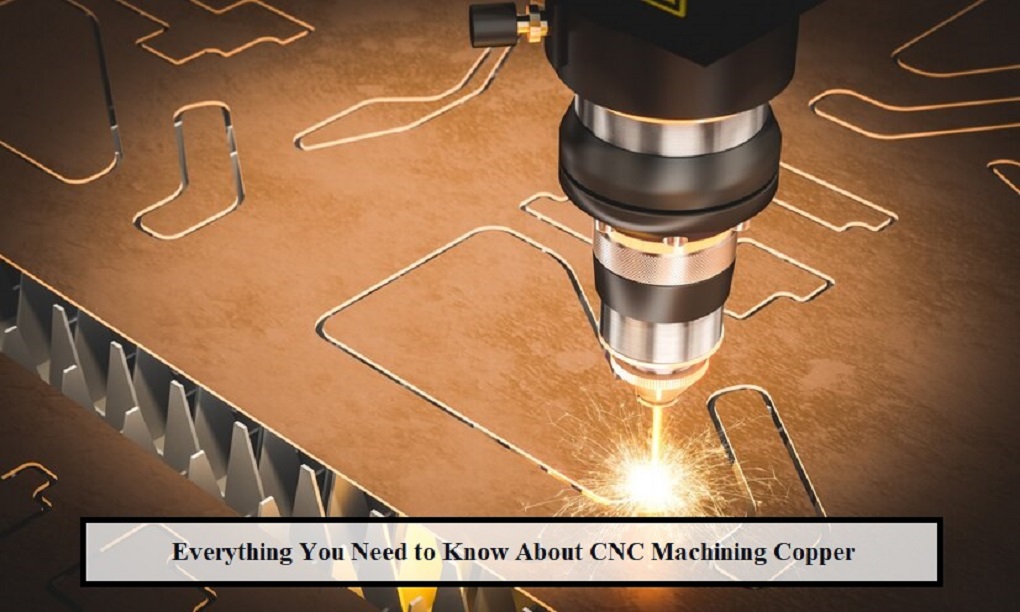
Copper has been one of the oldest materials used for parts creation. Copper is malleable, ductile, and is a good conductor of heat and electricity. These properties make it the right choice for CNC machining. CNC machined copper parts are used in industries like automotive, aerospace, medical Copper is one of the easiest materials to machine and allows machinists to exploit the properties of the material to the fullest. What are the popular copper grades machined? What are the things to keep in mind while machining copper? This post offers insights on these topics and more.
Common Copper Grades and Copper Alloys that are CNC Machined
Some of the most common copper grades that are used for CNC machining are as follows:
Things to Keep in Mind When CNC Machining Copper
CNC machining copper is easier than machining aluminum or steel of the same strength. However, certain things must be kept in mind for the best results.
Although copper has been successfully used for several years now, it is one of the most expensive materials. C101 is less machinable than C110 and more cost-effective. Thus, the choice of material will depend on your application property.
It is the rate of feeding the cutting tool. If the feed rates are high, then the cutting tool produces a high temperature, which causes difficulties in copper CNC machining.
This should be addressed when CNC machining copper. It is good to keep the tolerance high without compromising the application’s functionality. Additionally, it is a good practice to minimize the part setups.
Many copper grades are easily machinable and are softer than aluminum and steel of the same strength. This may cause chip formation and tool wear and tear. Hence, choosing the right tool material is important. High-speed steel is a suitable material for the cutting tool of CNC machining copper.
Copper and copper alloys are known for their excellent machinability and beneficial features. However, the success of your CNC machining copper project will depend on the CNC machine shop you partner with. Princeton Industrial Products, Inc. is the precision CNC machining services provider in the US. They supply precision machined parts to various industries, including electronic industries, medical industries, defense, aerospace, and so on. You can get in touch with the experts at the company to discuss your CNC machining copper requirements.



